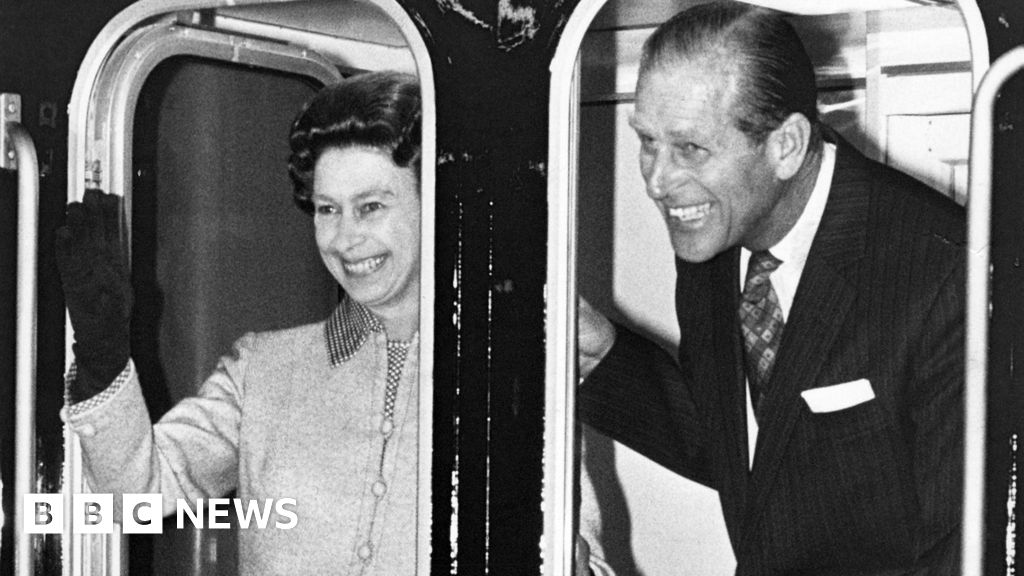BBC News, Buckinghamshire
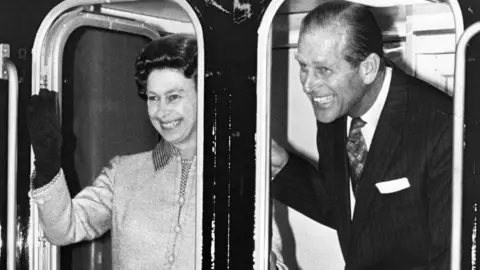 Getty Images
Getty ImagesEuston Station, 1937: The royal train sits quietly at the platform with a policeman posted outside to guard young Princess Elizabeth; suddenly he hears a soft knock on the carriage window behind him.
The future Queen beckons him inside. “Here’s a shilling,” she says. “Can you go and get me a comic please?”
This is one of many anecdotes told by those who worked on the train that are now preserved by journalist and author Phil Marsh.
He says with a laugh: “Can you imagine being the policeman who’s supposed to be guarding the heir to the throne and then being told to go and buy a comic?”
Reportedly, the officer did just that.
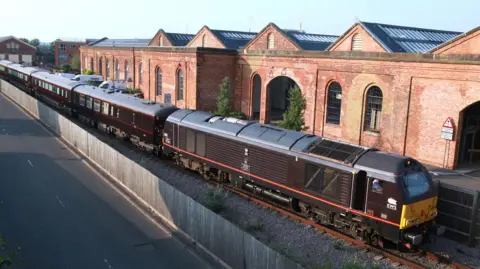 royaltrain.co.uk
royaltrain.co.ukIn 2027, 90 years after this moment took place, the royal train will be pulled from service.
Buckingham Palace has taken the decision to decommission the historic rolling stock as part of a “drive to ensure we deliver value for money”.
It will be taken around the UK before it is removed from service.
Mr Marsh first became associated with the train in 1997 when he was tasked with putting together a business case to sell it, but he says it “fortunately didn’t stack up”.
He made friends with Leo Coleman, project manager at Wolverton Works, Buckinghamshire, where the train is kept, who was responsible for modernising the train for the Queen’s silver jubilee in 1977.
After Mr Coleman died he was left his archive and tasked with chronicling its story, and he has shared some of those memories for this article.
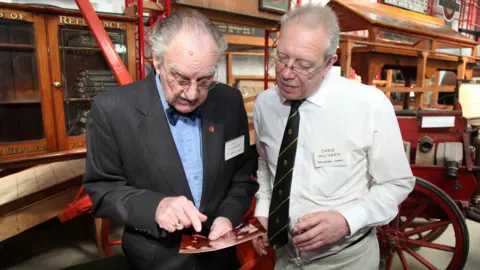 royaltrain.co.uk
royaltrain.co.ukThe comic book story was documented by Chris Hillyard, the last foreman of the train, who died in November with cancer.
On another occasion Mr Hillyard was on the train, alongside the Queen, when he noticed a smell of smoke.
He stopped the train and asked the signalman to block the adjacent railway while he investigated the fault.
While he was doing this, the Queen appeared at the window, apparently unaware the other line had been closed.
She said: “Oh, Mr Hillyard, I’ll be your lookout. It’ll be quite safe.”
“Yes, ma’am. Thank you,” he responded politely.
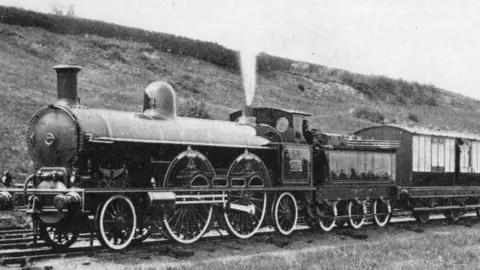 royaltrain.co.uk
royaltrain.co.ukQueen Adelaide was the first member of the Royal Family to have a carriage built for the royal train in 1842.
It continued to be used by members of the Royal Family, including Queen Victoria, who would often stop at Wolverton for a refreshment break as the train did not have toilets.
In 1869 Wolverton Works built the very first bespoke royal carriages for Queen Victoria, costing £1,800. The monarch donated £800.
A special shed was constructed for the train in 1869 at Wolverton but has since been converted to flats, though the train has remained at the site for its entire history.
King Edward VII innovated in 1901 when he introduced electricity, powered by the steam engine, but a generator was eventually installed in 1941 alongside radio and telephones.
In 1977, when Mr Coleman was tasked with upgrading the royal train for the jubilee, the focus shifted from luxury to function.
Members of the Royal Family were expected to live and work on the train for long periods, requiring functional design changes such as an office.
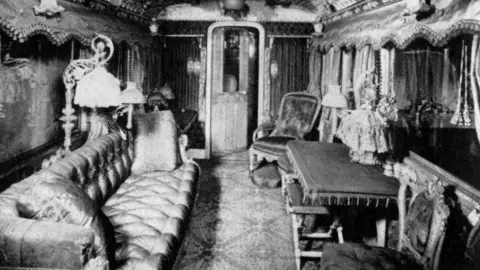 royaltrain.co.uk
royaltrain.co.ukThe first journey after the 1977 upgrade was from Euston to Glasgow.
After completing their engagement Queen Elizabeth II and the Duke of Edinburgh asked to speak to Mr Coleman.
“Everything all right, ma’am?” he asked.
“No,” she responded, “what’s happened to the old ironing board?”
As part of the improvements a new ironing board had been installed but the Queen’s lady-in-waiting wanted the old one back.
Mr Coleman called Wolverton Works and a member of staff had to find it and carry it to Glasgow on the next available train.
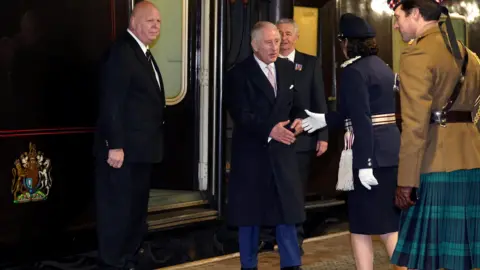 Reuters
ReutersToday, the seven carriages that make up the royal train are owned by Network Rail while the locomotives named King’s Messenger and Royal Sovereign are owned by DB Cargo UK.
Gemini Rail Services run Wolverton Works, where the train is maintained.
Engineers from DB Cargo and personnel from Gemini are on board during all journeys in case something goes wrong.
The seven carriages include a saloon for King Charles, which includes his own bedroom and lounge.
There is also his day coach, a restaurant cart and a dining cart, and the remaining carts are for use of support staff.
DB Cargo told the BBC when the royal contract expires on 31 March 2027 it will retain its locomotives and may put them on other traffic.
Network Rail has been asked what it plans to do with its carriages, but has not yet responded.
Mr Marsh, who documents the train’s history on the website royaltrain.co.uk, hopes they will be kept in a museum.
“Every carriage on the train has been designated as part of the national collection,” he explained.
“Designation means that it can’t be scrapped. It will need to go to a museum whether it’s at York or any other museum is up for debate.”
